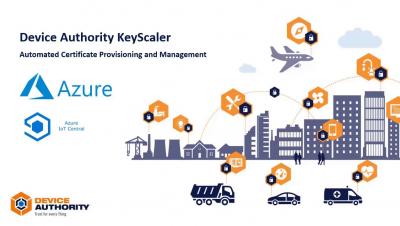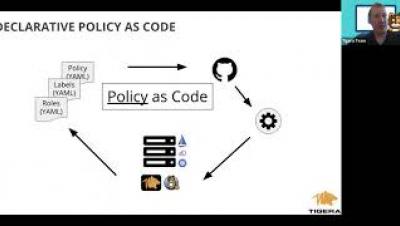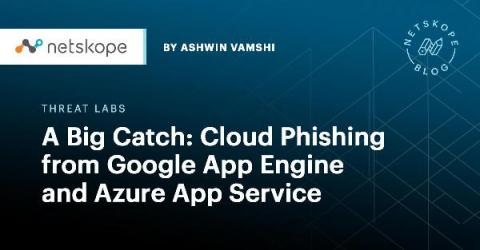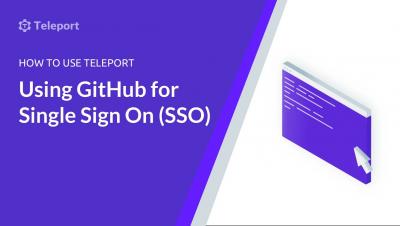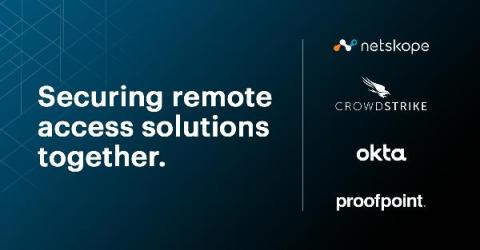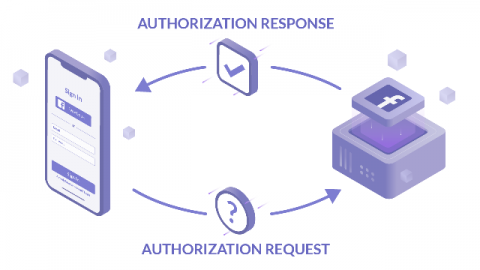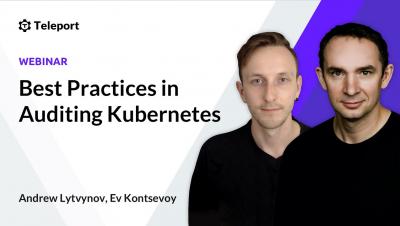Security | Threat Detection | Cyberattacks | DevSecOps | Compliance
Cloud
How to Implement Network Policy in Amazon EKS to Secure Your Cluster
A Big Catch: Cloud Phishing from Google App Engine and Azure App Service
Threat actors are leveraging top tier cloud apps to host phishing baits. Netskope Threat Labs has identified an ongoing O365 phishing campaign hosted in Google App Engine with the credential harvester mostly hosted in Azure App Service. This phishing campaign typically targets O365 users via phishing emails with a direct link or attachment.
Survey: 76% of IT Pros Say It's Difficult to Maintain Security Configs in the Cloud
Cloud misconfigurations are no laughing matter. In its “2020 Cloud Misconfigurations Report,” DivvyCloud revealed that 196 separate data breaches involving cloud misconfigurations had cost companies a combined total of approximately $5 trillion between January 1, 2018 and December 31, 2019. The problem is that those costs could be even higher; as reported by ZDNet, 99% of IaaS issues go unreported.
Google App Engine, Azure App Service Abused in Phishing Campaign
A phishing campaign abused both the Google App Engine and the Azure App Service to steal victims’ Microsoft Outlook credentials. Netskope observed that the attack campaign started with a shortened link distributed by a phishing email. This link redirected a recipient of the email to a Google App Engine domain.
Using Splunk to Detect Abuse of AWS Permanent and Temporary Credentials
Amazon Web Services provides its users with the ability to create temporary credentials via the use of AWS Security Token Service (AWS STS). These temporary credentials work pretty much in the same manner like permanent credentials created from AWS IAM Service. There are however two differences.
How To Use Teleport: Using GitHub for Single Sign On (SSO)
Netskope Joins with Crowdstrike, Okta, and Proofpoint to Secure Remote Work Any Time, Anywhere, at Scale
Netskope, CrowdStrike, Okta, and Proofpoint are joining together to help better safeguard organizations by delivering an integrated, Zero Trust security strategy that is designed to protect today’s dynamic and remote working environments at scale.
How OIDC Authentication Works
Did you know that in the United States, the Social Security Number was never intended to become the defacto method for physical identification? On its surface, this may come as a shock given how ubiquitously SSNs are used for this exact reason, but looking beneath the surface, we find that SSNs are terrible forms of identification. Ignoring the security concerns of a nine digit numeric code, an SSN is not for universal identification.


